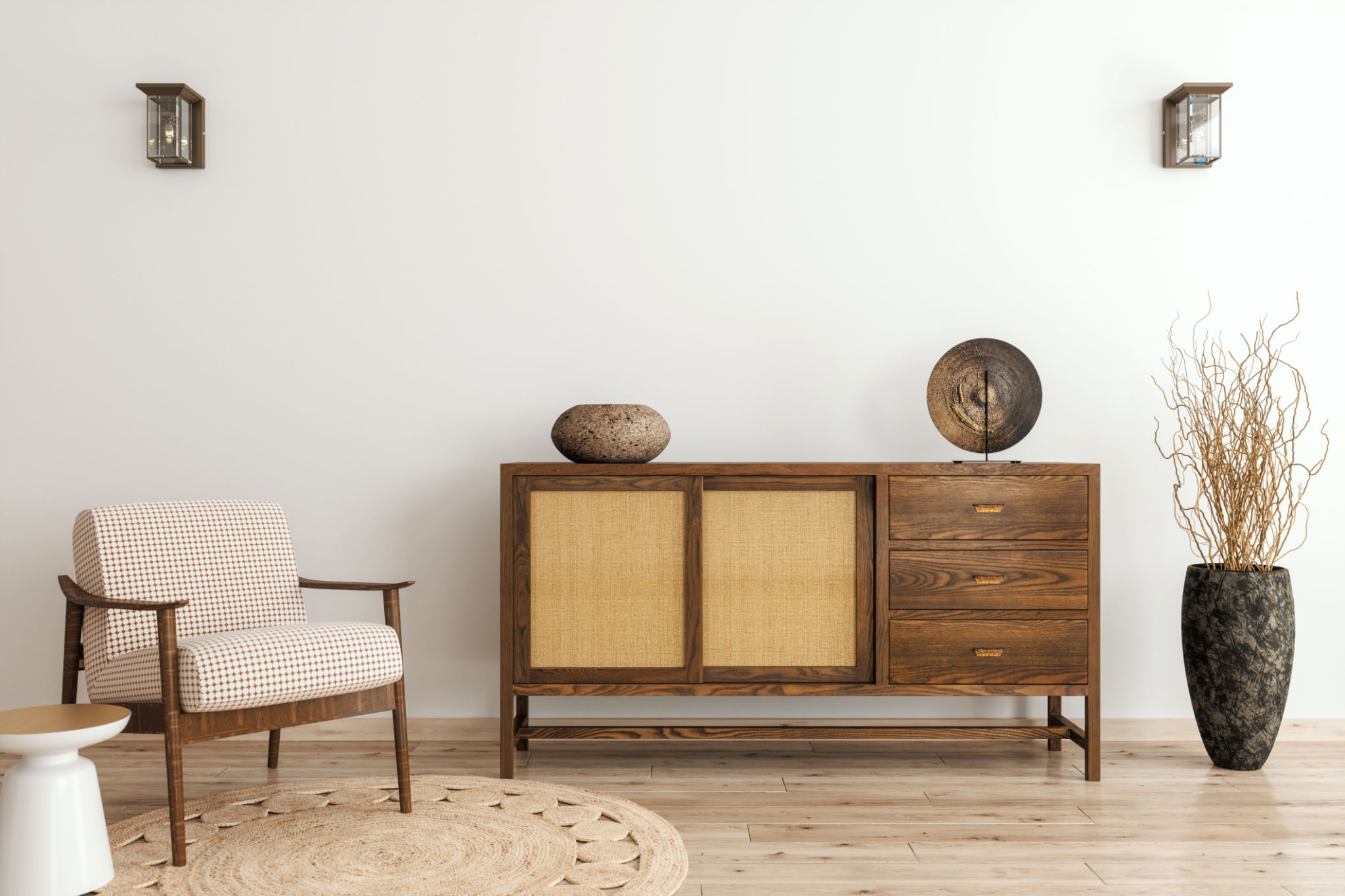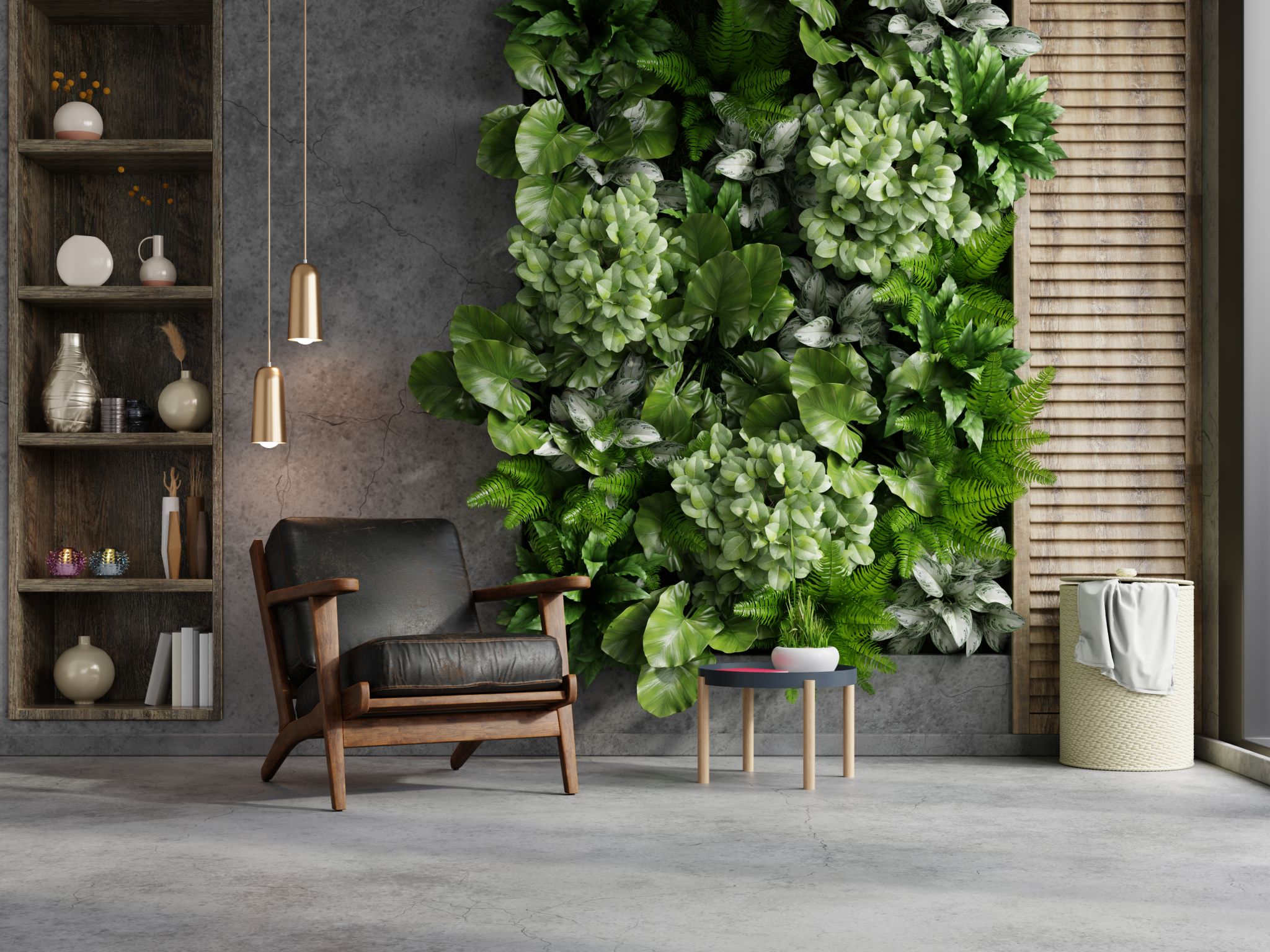A Comprehensive Guide to Sustainable Furniture Choices
Understanding Sustainable Furniture
When it comes to making eco-friendly choices, sustainable furniture is an excellent place to start. This type of furniture is crafted with environmental responsibility in mind, using materials and processes that reduce negative impacts on the planet. Understanding what makes furniture sustainable can help you make informed decisions that benefit both your home and the environment.
Sustainable furniture often involves the use of renewable resources, such as bamboo or recycled materials. Additionally, it may be produced using methods that minimize waste and pollution, ensuring a smaller carbon footprint. By choosing sustainable options, you support a market that values environmental preservation.

Materials to Consider
One of the most important aspects of sustainable furniture is the material used in its construction. Opting for materials like reclaimed wood, bamboo, or recycled metal can significantly reduce the environmental impact. These materials are not only durable but also add a unique aesthetic to your living spaces.
Reclaimed wood is particularly popular due to its rustic charm and the story it brings into your home. It involves repurposing old wood from buildings or furniture, giving it new life while reducing waste. Similarly, bamboo is a fast-growing plant that regenerates quickly, making it a highly renewable resource.
Non-Toxic Finishes
In addition to choosing sustainable materials, it's essential to consider the finishes applied to furniture. Traditional finishes often contain volatile organic compounds (VOCs) that can harm air quality. Instead, seek out options with water-based or natural oil finishes, which are healthier for both you and the environment.

Certifications to Look For
When shopping for sustainable furniture, certifications can guide you in making trustworthy choices. Look for labels such as FSC (Forest Stewardship Council), which ensures wood products come from responsibly managed forests. Similarly, GREENGUARD certification guarantees that the furniture has low chemical emissions, promoting better indoor air quality.
Another certification to consider is Cradle to Cradle, which assesses a product's safety for humans and the environment, as well as its potential for reuse. These certifications provide peace of mind, knowing you are purchasing items that align with environmental standards.
The Benefits of Sustainable Furniture
Investing in sustainable furniture offers numerous advantages beyond environmental impact. These pieces are often crafted with superior quality and durability in mind, ensuring they last longer than conventional options. This longevity reduces the need for frequent replacements, saving you money over time.

Moreover, sustainable furniture supports ethical labor practices. Many manufacturers prioritize fair wages and safe working conditions, contributing positively to communities involved in the production process. By choosing these products, you are endorsing a fairer market.
Where to Shop
Finding sustainable furniture is easier than ever with the growing number of retailers dedicated to eco-friendly practices. Online platforms and local stores alike offer a wide range of options that cater to different styles and budgets. Researching brands that prioritize sustainability can help you make purchases aligned with your values.
Remember to ask questions about the sourcing and manufacturing processes when shopping. Transparency is key, and reputable sellers will be more than willing to provide information about their products' sustainability credentials.

